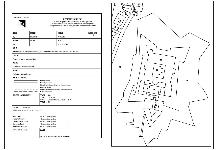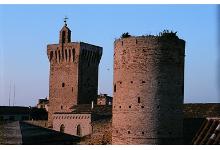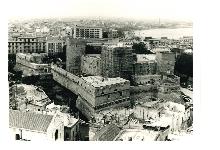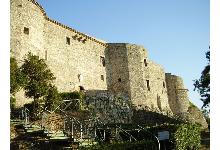Castello svevo di Trani
Type:
Luoghi della cultura; Oggetto fisico
Category:
Defence buildings; History museums
The Castle of Trani is one of the most important fortified buildings erected by Emperor Frederick II of Svevia to protect his beloved Kingdom of Sicily, inherited by his mother, Norman princess Costanza of Altavilla. Its foundation, on a rocky bench of appreciably lowered level with respect to the land, and probably isolated from its origin, resulted in the destruction of a modest observation outpost, a small guard tower dating to the X - XI centuries, found under the plane Of the current entrance. An important building on the Puglia coast of the Federico Castello system, in the 13th century, the most modern in Europe, is located a short distance from the famous cathedral, strategically located in the center of a work, whose shallow backdrops would always have been an excellent natural defense, Both from the fury of the waves and from possible attacks on the northern front. On the model of the crusader castles of the Holy Land, in turn, the debtors of the Castra Romani, he had a simple and functional quadrangular structure, reinforced at the tops by four square towers of equal height, outer truss outline, an anthemuric wall of walking path, equipped with Freckles and merlot-that delimits three courtyards on the east, south and west faces, moistened water flooded by the sea.
With the succession of the dynasties, first to the Angevins, then to the Aragonese, was always, to this day, of national relevance, except for a short period (1385-1419), when it was assigned to the captain of ventura Alberico da Barbiano, in grace Of the services rendered to Charles III of Durres in the struggle for succession with Luigi D'Angiò.
Restored by the Superintendence for Environmental, Architectural, Artistic and Historical Heritage of Puglia since 1979, it was opened to the public on June 5, 1998.
The Castle of Trani forms part of an impressive defensive system built on the orders of Frederick II of Swabia to protect the Kingdom of Sicily. It stands only a short distance from the famous Cathedral, strategically located surrounded by sea, in deep waters which have always provided an excellent natural defence against both the fury of the waves and enemy attacks.
Spatial coverage:
piazza Manfredi, 16 - 76125, Trani (Barletta-Andria-Trani), Puglia - Italia





